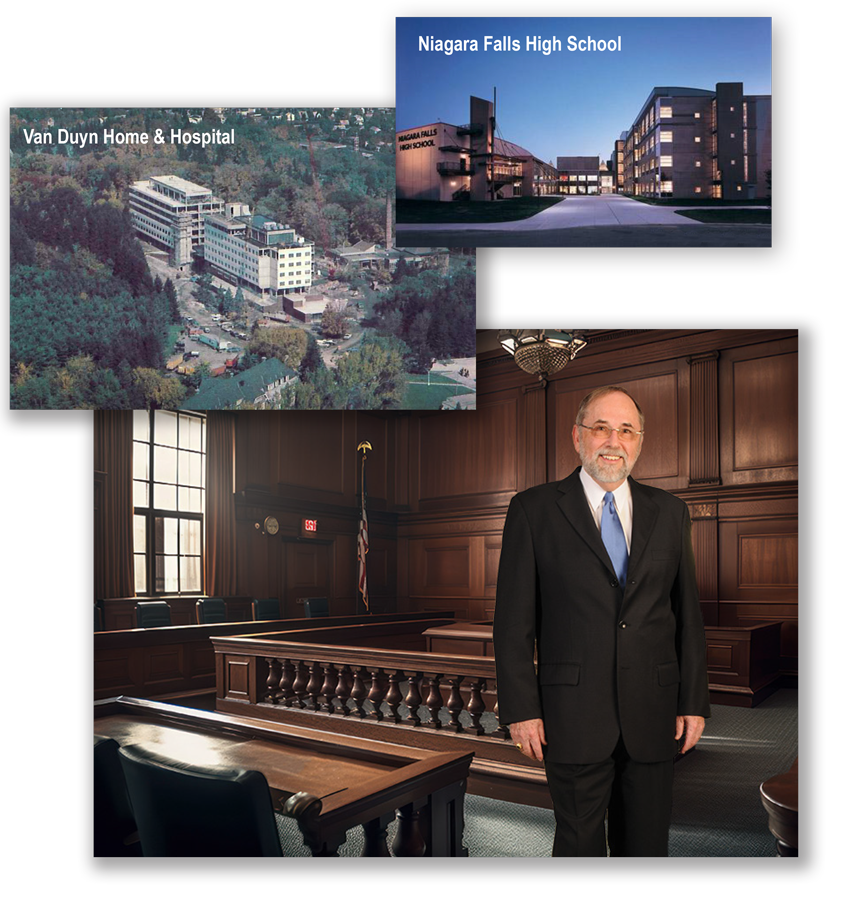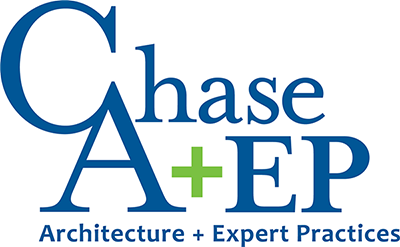SERVICES
ARCHITECT EXPERT WITNESS & ARBITRATOR
As the former Architect-of-Record and COO of Song & Associates, David led the design team for the City of West Palm Beach’s City Center, a $100M project that received the Urban Land Institute Vision Award and the International Downtown Association Award of Distinction.
Architect Expert Witness
An Architect Expert since 2003, David has been deposed more than 20 times and testified in more than 130 cases in 11 states (FL, MD, MO, NJ, NY, PA, SC, OK, VA, WI, and WV). He quickly cuts through evidence to develop opinions, analysis, and testimony regarding an architect’s or constructor’s performance to provide the expert testimony you need. David maintains his credentials with annual continuing education course work including his architectural licensure in 21 states and Washington D.C., and LEED Green Business, Florida Supreme Court, and American Arbitration Association certifications.
Architectural Experience
Since 1964, David’s architectural career has focused on numerous project types including complex health care, education, and housing. In a joint venture between Chase Architectural Associates and King & King Architects, David designed the $20M, 524-bed Van Duyn Home and Hospital in Syracuse, NY, which earned the American Institute of Concrete Award in 1980. As principal-in-charge, president, and CEO of Hillier International Architects in 2000, he led the conception and fulfillment of the $72M New York State, Niagara Falls High School designed by Jorge Luacas, AIA. And in 2009, David led the design team for the new West Palm Beach City Center, a $100M civic campus. Recognized for perpetuating the diversity of its citizens, the project received the Urban Land Institute Vision Award and the International Downtown Association Award of Distinction.

Complex Construction Claims
David deals with complex construction matters split about 50/50 between owners, developers, architects, and constructors as plaintiffs or defendants. Each case is unique in its application of his multi-faceted and comprehensive career expertise. Depending upon the stage at which your case is currently evolving, David’s expert effort proceeds with a deliberate focus on your documentation with assistance in the next steps to processing the due diligence. Case examples include:
- A Complex Construction Complaint That Went to Trial in Miami-Dade County. The plaintiff was a constructor and defendant of a higher education institution. The complaint was Breach of Contract. The project scope was a shell and interior fit-out. There were six independent design firms and multiple subcontractors to the prime. Construction payments ground to a halt at about the 80% stage. Among the issues debated were: constructor duty of care; architect standard of care; nonaction prior to construction start; change orders; construction change directive processes; shop drawing issues; CPM management; non-code compliant matters; cost differential values; and filing of changes with the Agency of Jurisdiction. Also, there were numerous counter-claims.
- A Demand for Arbitration, American Arbitration Association format. The Claimant was the Constructor against Respondents, a hotel company, architect, project manager, subcontractors, et al., in the state of Wisconsin. The scope of the project involved historic renovation, demolition, underground parking, and new tower construction. Delays developed from a failure of timely securing of agreements from neighboring properties and building permits. The construction contract was a fixed amount which was challenged, and errors and omissions became a focus of added claims. Construction bulletins and change orders became a contended issue.
- Opining on the Architect’s Standard of Care. This Maryland project involved the design of a new multi-level, mixed use retirement community on approximately 20 acres of land. The case was filed in the US District Court, Alexandria Division by the developer/owner against the architect. The constructor entered into a fixed price contract. The claim, among other issues included: a failure of the architect to advise the owner of defects in the contract documents; multiple design defects in structural, mechanical, electrical, and fire designs; floor-to-floor height errors; plenum area conflicts; multiple change orders; building code failures; incomplete contract administration services and not meeting the contractual requirement of services being rendered in a manner consistent with the owner’s interests.
Alternative Dispute Resolution
ADR resolves disputes without a trial. Be it mediation or arbitration, these methods are usually less expensive and quicker than the traditional court track. The American Arbitration Association construction panels of arbitrators and mediators operate within the universe of AIA standard contracts and also offer Fast Track Procedures. David has been a member of the AAA as an ADR Neutral since 2006, and a member of the AAA Construction Large Complex Panel since 2019. He has sat as a member of the AAA East Coast Mediation Panel and has been a member of the Construction Dispute Resolution Services (CDRS) since 2011, mediating and arbitrating various construction disputes.
In 2020, David served as a panel arbitrator on a construction dispute regarding the design and construction of a 20,000 sf newly constructed building in Louisiana under the Large Complex Procedures of the Construction Industry Arbitration Rules. The parties were an Owner as Claimant and the Architect as Respondent. The architect performed services with a B101-2007 AIA Agreement. Over the last 10 years, David has arbitrated and mediated 21 such ADR construction defect claims, with 19 in Florida, one in South Carolina, and one in Louisiana.
Facts and Deliberative Process
The industry understanding of an Architect Standard of Care relies upon the reasonable degree of care, skill, and diligence for design professionals and is usually couched in terms of “like Architect,” “community,” and “circumstances.” However, to discover the facts in any case, a broader standard of reasonable care could be used to more appropriately consider an architect’s actions. This would not only include the jurisdiction’s regulatory requirements like zoning and building codes and contractual promises, but also the knowledge and experience of the uniqueness of the design undertaking by the architect. Obviously, each of these three components are not weighed equally because in any deliberative process of an Architect Standard of Care, the critical considerations flow from the general to the specific.
To eliminate as few surprises as possible and discover the essential issues, the review process usually starts with the contractual agreements among all parties. The Duty of Care will become clear. The usual benchmarks are the Scope of Work, General and Supplementary Conditions, fees and payment provisions, and for an Architect’s Standard of Care, a basis of performance evaluation. Unless settlement is reached what should follow in the process will be a discovery period of enlightenment as exhibited by fact witnesses, expert reports and depositions, rebuttal reports and expanded testimony of experts, and finally, a trial by bench or jury.
Thesis of Opinions and Testimony
Whether unresolved conflicts are singular in terms of subject matter and parties, or complex regarding the magnitude and intricacies of multiple claims and counter claims, the thesis of opinions by an expert must be simply stated. The American Arbitration Association describes a complex construction dispute exists when at least $1,000,000 in damages are disputed, exclusive of claimed interest, attorney’s fees, and other costs. Many of my past 130+ cases have exceeded this dollar threshold and have included multiple plaintiff and defendant parties.
My thesis is that a Standard of Care and/or Duty of Care have been breached when the nature and degree of proven design errors and omissions and/or construction defects and deficiencies caused by any party, negatively impacts the design intent, minimum building code requirements, and building performance outcomes as a totality. Based on my historical case-related 20+ depositions and five trial/arbitration appearances, I have learned that an expert’s testimony, content, and communication effectiveness require the self-confidence to deliver a factual story, one which will be received by a judge or jury to be more likely than not true.
Peer Review Services
As founder of Forensic Architecture: Plaintiff and Defendant®, Mr. Chase brings experienced peer review services to the community of architects, designers, owners, and building professionals during pre-contract negotiations and all design phase activities to minimize practice risk exposure. Additionally, he assists agencies, developers, and contractors to apply Quality Assurance / Quality Control (QA/QC) principles to contract documents to minimize liability from flawed and non-coordinated instruments of service.
HOW CAN I HELP?
GET IN TOUCH
If you have an urgent matter, current or pending case you’d like to discuss, or would like to schedule a meeting, please fill out the form and someone will get back to you within 24 hours.



